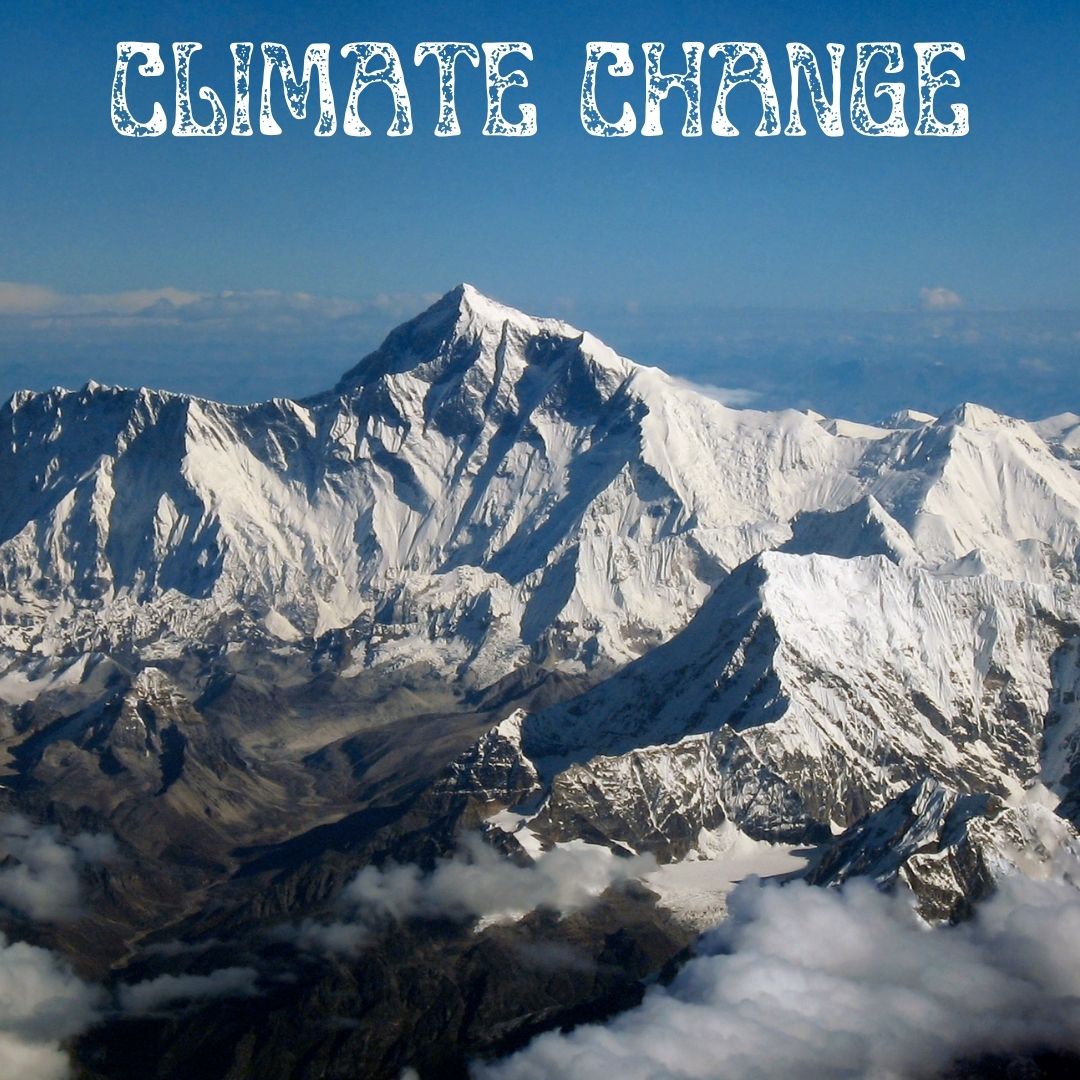
Image Credit- Wikipedia
Climate Change! Everest's Highest Glacier May Disappear By Middle Of 21st Century
Writer: Shiva Chaudhary
A post-graduate in Journalism and Mass Communication with relevant skills, specialising in content editing & writing. I believe in the precise dissemination of information based on facts to the public.
Others/World, 9 Feb 2022 6:04 AM GMT
Editor : Snehadri Sarkar |
While he is a massive sports fanatic, his interest also lies in mainstream news and nitpicking trending and less talked about everyday issues.
Creatives : Shiva Chaudhary
A post-graduate in Journalism and Mass Communication with relevant skills, specialising in content editing & writing. I believe in the precise dissemination of information based on facts to the public.
The researchers measured the ice loss rate on Everest as more than 80 times faster than the 2,000 years it took to form this thickness of the ice.
Researchers in Nepal on Tuesday (February 8) warned that the highest glacier on the top of Mount Everest might disappear by the middle of the twenty-first century as the 2,000-year-old ice cap on the Earth's highest mountain is thinning at an alarming rate.
The International Centre for Integrated Mountain Development (ICIMOD) stated citing a recent research report issued that since the late 1990s, Mount Everest has been losing ice significantly. ICIMOD said the Everest Expedition, the only comprehensive Scientific Expedition to Everest, conducted trailblazing research on glaciers and the alpine environment.
According to the latest article published in the Nature Portfolio journal, the ice on Everest has been thinning at an alarming rate.
The multidisciplinary team constituted scientists from eight countries, including 17 from Nepal. Three of the co-authors of the report were affiliated with the ICIMOD.
Report Findings
According to the report, estimation is that the ice in the South Cole Glacier is thinning at a rate of almost two-mitre per year. The glacier is located at an elevation of 8,020 metres.
The report findings were based on data from a 10-metre-long ice core obtained from South Col Glacier (in the Nepalese side of Mount Everest) and meteorological observations from the world's two highest automatic weather stations, the southern slopes of Everest at 7,945 and 8,430 metres.
Based on the radiocarbon dating, the researchers measured the age of the ice in the glacier to be 2,000-year-old. The ice loss rate is more than 80 times faster than the 2,000 years it took to form this thickness of the ice. The change in the ice cover could have resulted from climate change.
"The long-term effect on the availability and stability of these water towers which will impact downstream communities is of major concern," the ICIMOD stated, reported NDTV.
Mount Everest
Mount Everest is Earth's highest mountain located in the Mahalangur Himal sub-range of the Himalayas. It lies on the border between China and Nepal, so mountaineers climb it from both sides.
Its most recent elevation of 8,848.86 metres was established in 2020 by the Nepalese and Chinese authorities. In Nepal, Everest is called Sagarmatha, while in China, it is known as Mount Qomolangma, the Tibetan name for the world's highest peak.
Also Read- Journalists Imperiling India's Security In Any Manner Will Lose Govt Accreditation: Guidelines
 All section
All section














